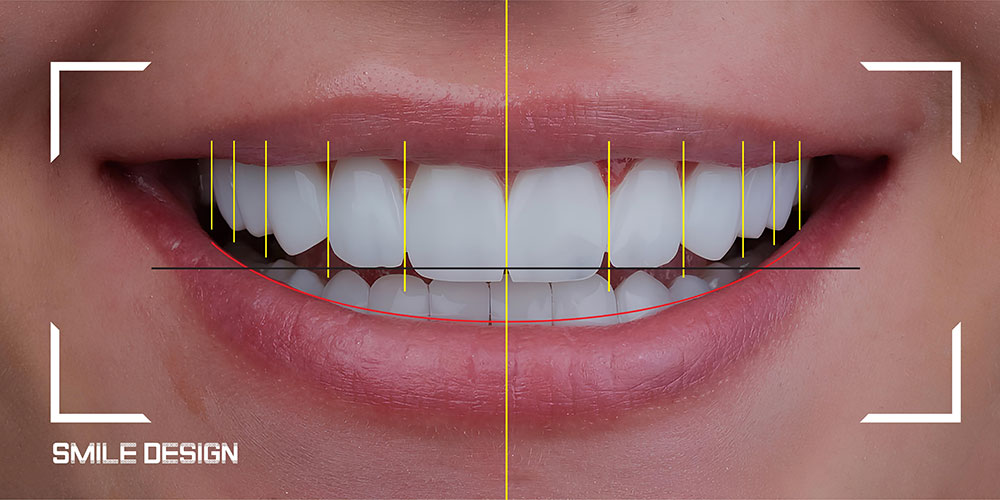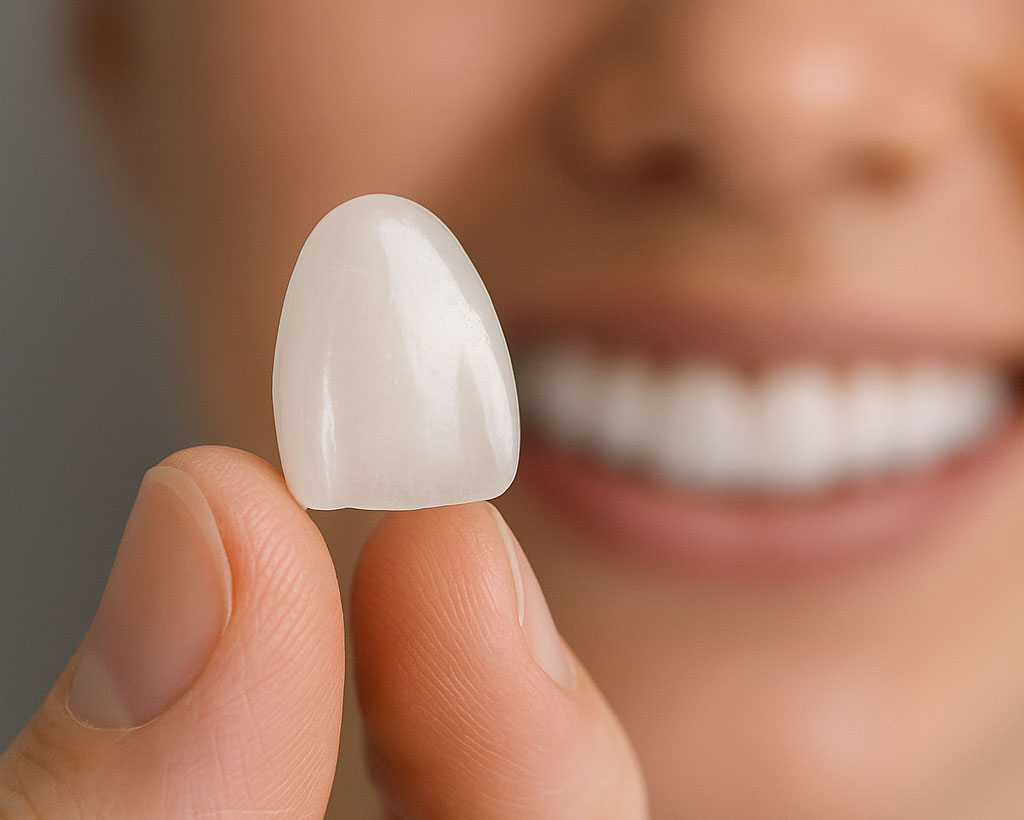Dental health is one of the most important factors that directly affect our overall quality of life. The food we consume in daily life, improper eating habits, inadequate oral care or accidents can lead to tooth decay, fractures or abrasions. Such problems lead to both aesthetic concerns and functional problems. At this very point composite filling It stands out as one of the effective solutions offered by modern dentistry.
Composite filling is an aesthetically satisfying and functionally sound treatment method applied using a special material in the natural color of the tooth. It has become one of the most preferred filling types today, especially in the front teeth, as it eliminates aesthetic concerns.
What is Composite Filling?
A composite filling is a type of filling made of tooth-colored resin-based materials. This type of filling is applied with a special polymerization process that hardens with light. After the decayed part of the tooth is cleaned, composite material is placed in the prepared cavity and hardened with special blue light.
In addition to its aesthetic features, it can be used in both front and back teeth thanks to its durability. Since it adapts to the natural structure of the tooth, the presence of the filling is not noticeable from the outside.
Usage Areas of Composite Filling
Composite fillings are used not only in the treatment of caries, but also in the solution of different aesthetic and functional problems. We can list them as follows:
- In the treatment of caries: Filling the cavity after removal of decayed tissues.
- Tooth fractures: Restoration of a tooth fractured as a result of trauma.
- Aesthetic arrangements: Closing the gaps between the teeth (diastema).
- Worn teeth: Repair of abrasions caused by enamel loss or teeth clenching habits.
- Improvement in tooth color: Removal of blemishes or discolorations.
How is Composite Filling Done?
Composite filling application is a painless procedure that is usually completed in one session. The steps proceed as follows:
- Inspection and Preparation
The dentist first evaluates the problem and makes an appropriate treatment plan. Local anesthesia is applied if necessary. - Removing Caries
The decayed or problematic tissue is removed with special devices. This is done carefully without damaging the healthy part of the tooth. - Preparation of Embankment Area
The cleaned surface is roughened with acid. Then a bonding agent is applied to ensure that the composite adheres strongly to the tooth. - Application of Composite Material
The composite filler is applied in layers. Each layer is cured with a special light device. - Shaping and Polishing
After the filling hardens, it is shaped according to the natural form of the tooth. At the last stage, polishing is performed to give a natural shine.
Advantages of Composite Filling
There are many reasons why composite fillings are preferred. The main ones are as follows:
- Aesthetic Appearance: It is not noticeable because it is compatible with the natural color of the tooth.
- Functional Durability: Resistant to chewing forces.
- Fast Implementation: It is usually completed in one session.
- Tooth Friendly: Requires minimal abrasion, preserving healthy tooth tissue.
- Repairability: If it wears out over time, it can be easily added.
Disadvantages of Composite Filling
Although they have many advantages, composite fillings also have some limitations:
- Color Change: Over time, coloration can be seen with factors such as coffee, tea, cigarettes.
- Less Durability: It may be less durable in the long term compared to an amalgam filling.
- Sensitivity: Hot-cold sensitivity may occur in the first days.
What Should Be Considered After Composite Filling?
There are some points to be considered for the longevity of the filling after treatment:
- Excessively hard foods should be avoided for the first 24 hours.
- Drinks that cause coloration such as tea, coffee and wine should not be consumed too much.
- Regular tooth brushing and flossing should not be neglected.
- Every 6 months a dental check-up should be done.
What is the Lifespan of Composite Filling?
The lifespan of composite fillings may vary depending on the person's oral hygiene and eating habits. On average 5-7 years can be used. With regular maintenance, this period can be even longer.
Comparison of Composite Filling and Amalgam Filling
| Feature | Composite Filling | Amalgam Filling |
|---|---|---|
| Color | Tooth color | Gray-metal |
| Aesthetics | Very high | Low |
| Resilience | Medium-High | Very high |
| Application | In one session | In one session |
| Health Impact | Harmless | Controversial because it contains mercury |
Composite fillings are a modern, aesthetic and reliable option for those who want to maintain their dental aesthetics. It offers a natural smile in daily life thanks to its almost invisible appearance, especially on the front teeth. With proper application and regular care, it can be used in a healthy and robust way for many years.
You should not neglect your regular check-ups to protect your dental health and prevent the progression of cavities. If you have aesthetic concerns and do not want to compromise on the natural tooth appearance, composite fillings may be the right choice for you.





